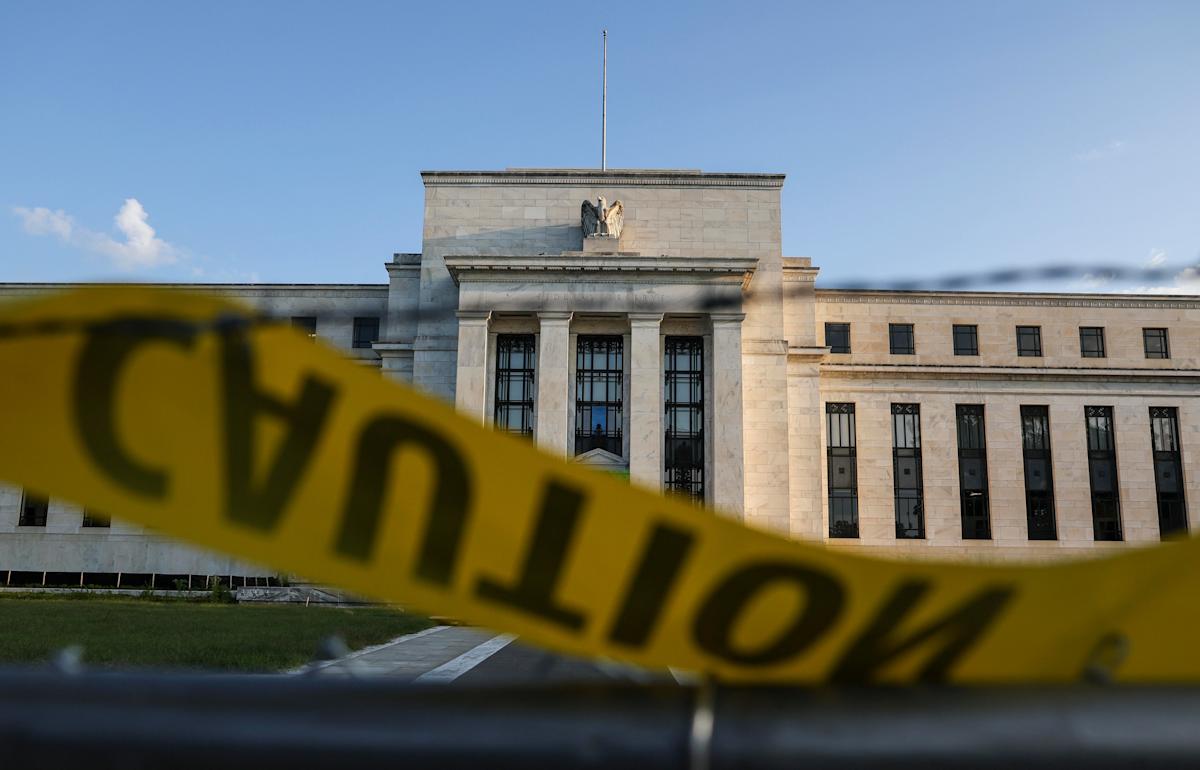Federal Reserve officials remain cautious about future interest rate cuts, with an account from the central bank’s meeting in September underscoring the division among central bank officials over the best path for monetary policy.
While some officials think the Fed’s benchmark rate is too high and weighing on the economy, others point to persistent inflation that remains above the central bank’s 2% target as evidence of the need need to show caution in lowering borrowing costs.
Most members of the Fed’s rate-setting committee supported further reductions to its key interest rate this year, according to minutes from last month’s meeting released on Wednesday.
A majority of Fed officials perceived growing risks to the job market since their previous meeting in July, while the threat of rising inflation “had either diminished or not increased,” according to the minutes. As a result, the central bank decided at its Sept. 16-17 meeting to reduce its key rate by a quarter of a percentage point, its first cut since December of 2024.
“The overall message appears to be that, although most participants are on board with further cuts, it probably won’t take much for the FOMC to take a slower approach than it indicated last month,” Stephen Brown, deputy chief North America economist at Capital Economics, said in a research note. “We still see scope for the Fed to skip its projected cut in December, based on our view that the economy and labor market will outperform current downbeat expectations.”
Fed rate cuts often gradually lead to lower borrowing costs for mortgages, auto loans, credit cards and business loans, encouraging more spending and hiring.
Only one official formally dissented from the quarter-point cut — Stephen Miran, who was appointed by President Trump and was approved by the Senate just hours before the meeting began. He supported a larger, half-point cut instead.
But the minutes also noted that “a few” policymakers said they could have supported keeping rates unchanged, or said that “there was merit” in such a step.
The differences help explain Chair Jerome Powell’s statements during the news conference that followed the meeting: “There are no risk-free paths now. It’s not incredibly obvious what to do.”
Miran said in remarks Tuesday that he thinks inflation will steadily decline back toward the Fed’s 2% target, and as a result he doesn’t think the Fed’s rate needs to be nearly as high as it is. Rental costs around the U.S. are steadily falling and will bring down inflation, he predicted, while higher tariff revenues will reduce the government’s budget deficit and reduce longer-term interest rates, giving the Fed more room to cut.
